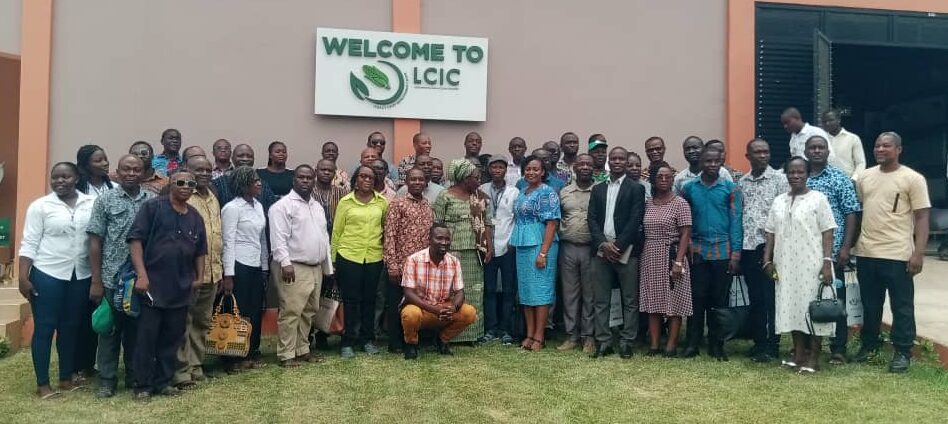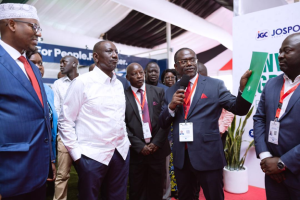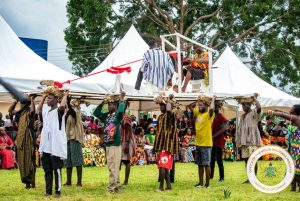
By Wisdom JONNY-NUEKPE
With an estimated Africa cotton market size reaching US$6billion in 2024, Ghana’s cotton sector remains stagnant – contrasting with the progress seen in other West African countries.
Mordor Intelligence, a global market research company, has projected that the value of Africa’s cotton industry will reach US$7.7billion by 2029.
Despite promising prospects the country’s cotton production has been erratic, with production never exceeding 40,000 tonnes since inception of the commodity’s production in 1968.
Gov’t commitment to sector
However, the Food and Agriculture Ministry’s Medium-Term Expenditure Framework (MTEF) 2025-2028 has stated government’s immediate plan to resource the Cotton Development Authority through passage of a law to regulate the sector.
The framework acknowledged that the country’s cotton industry has virtually collapsed due to consistent low investment.
According to the Ministry of Food and Agriculture (MoFA), Ghana Cotton Development Authority (CDA) is non -functional with skeletal staff and no office accommodation.
But MoFA’s MTEF noted that government has begun work to revamp the industry by resourcing the CDA through provision of office accommodation and key logistics to make it functional.
Ghana’s cotton sector vis-à-vis others in the sub-region
As cotton cultivation in West Africa booms, cotton yield levels in Ghana have never surpassed 800kg per hectare – showing a significant disparity compared to other countries in the sub-region.
Notably, Burkina Faso has consistently outperformed Ghana in cotton production since 2004; producing more each year than Ghana’s cumulative production since 1968.
World Bank touts local potential
Ghana’s cotton production accounts for less than one percent of total production in West and Central Africa, despite being recognised by the World Bank as having suitable conditions for producing the commodity.
The fibre continues to be a significant source of foreign exchange earnings in over 15 countries of sub-Saharan Africa (SSA) and is considered a vital source of cash income for millions of rural people in the region.
The World Bank and other development institutions are currently assisting many cotton-exporting countries in the region to enhance sector performance, leveraging it as a tool in the fight against rural poverty.
Cotton thrives in warm and moist climates with long summers and abundant soil salinity. This condition enables the commodity to thrive in the sub-region – making sub-Saharan Africa one of the largest cotton producers in the world.
Prospects in the sub-region
Benin, Mali, Burkina Faso and Ivory Coast remain the highest cotton-producing countries in Africa, collectively accounting for about 50 percent of the continent’s production.
Burkina Faso exported cotton worth US$459.3million, the largest export value from the region in 2021. Additionally, Mali achieved its highest-ever production of over 750,000 tonnes of cotton in the same year.
In Ivory Coast, France is investing some US$83million in that country’s cotton sector over the next five years, targetting about 120,000 cotton farmers.
Indeed, West Africa accounts for more than three-fourths of the continent’s cotton exports. However, stakeholders have described this as unfortunate; noting that despite the high foreign demand for West African cotton, there is relative scarcity of cotton mills in the region.
West African cotton is highly sought-after in countries like Bangladesh, India, Malaysia, Vietnam and China, among others. Clothing brands such as H&M and LPP are moving to establish mills in the region.
Critical challenges to cotton production in Ghana
The cotton industry is characterised by constraints such as lack of credit, late input delivery, poor seed quality, low producer prices, inadequate labour and an unfavourable policy environment.
Since the year 2000, the Agriculture Development Bank has stopped financing the cotton sector. This has resulted in financing gaps, leading to many companies ceasing production.
The four remaining active cotton-producing companies in the country – Nulux Plantation Limited, Intercontinental Farms Limited, Plantation Development and Ghana Cotton Company – have all reduced their production capacity due to various challenges.
The post Cotton sector ‘sleeps’ on US$6bn potential appeared first on The Business & Financial Times.
Read Full Story












Facebook
Twitter
Pinterest
Instagram
Google+
YouTube
LinkedIn
RSS